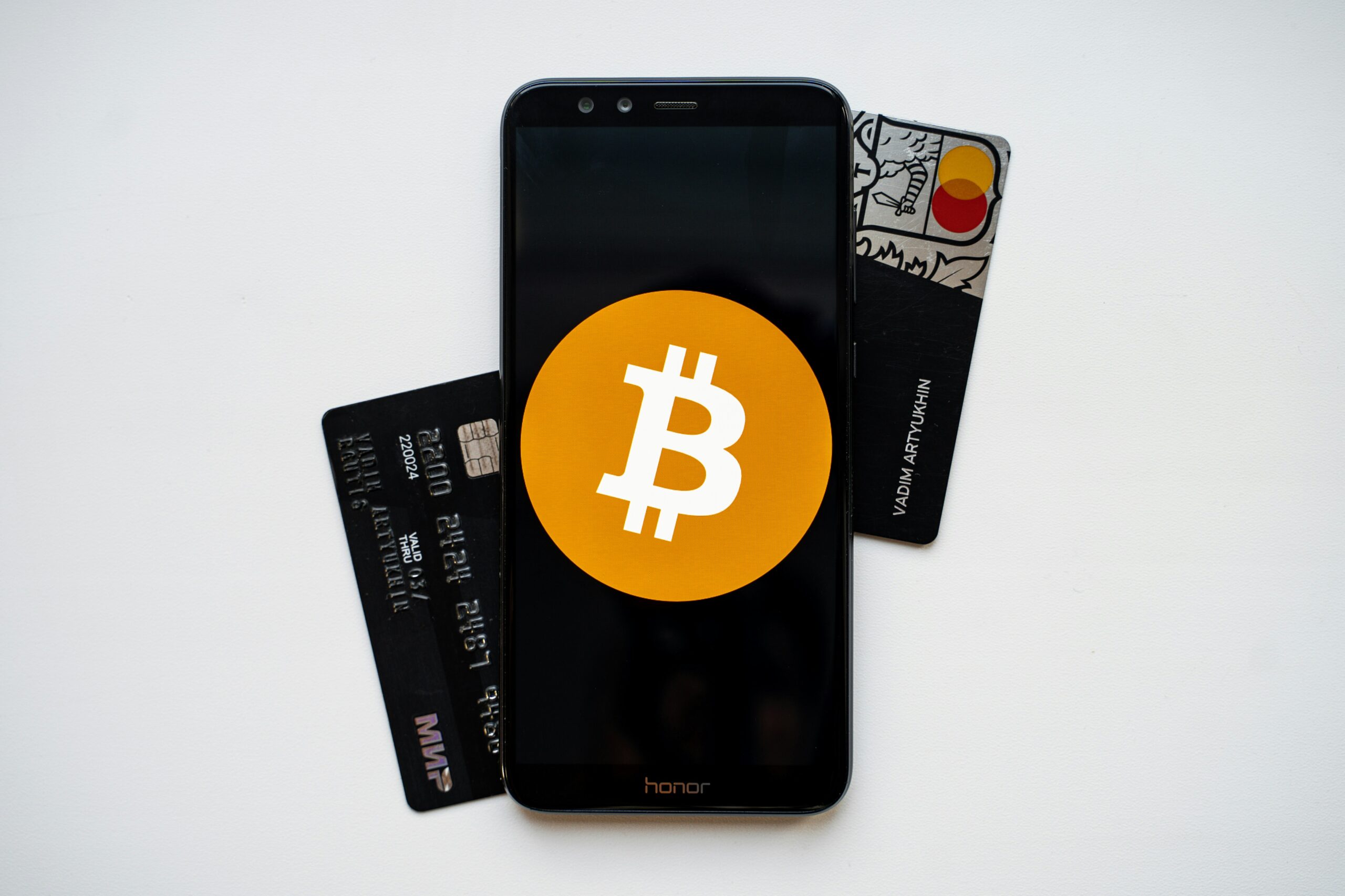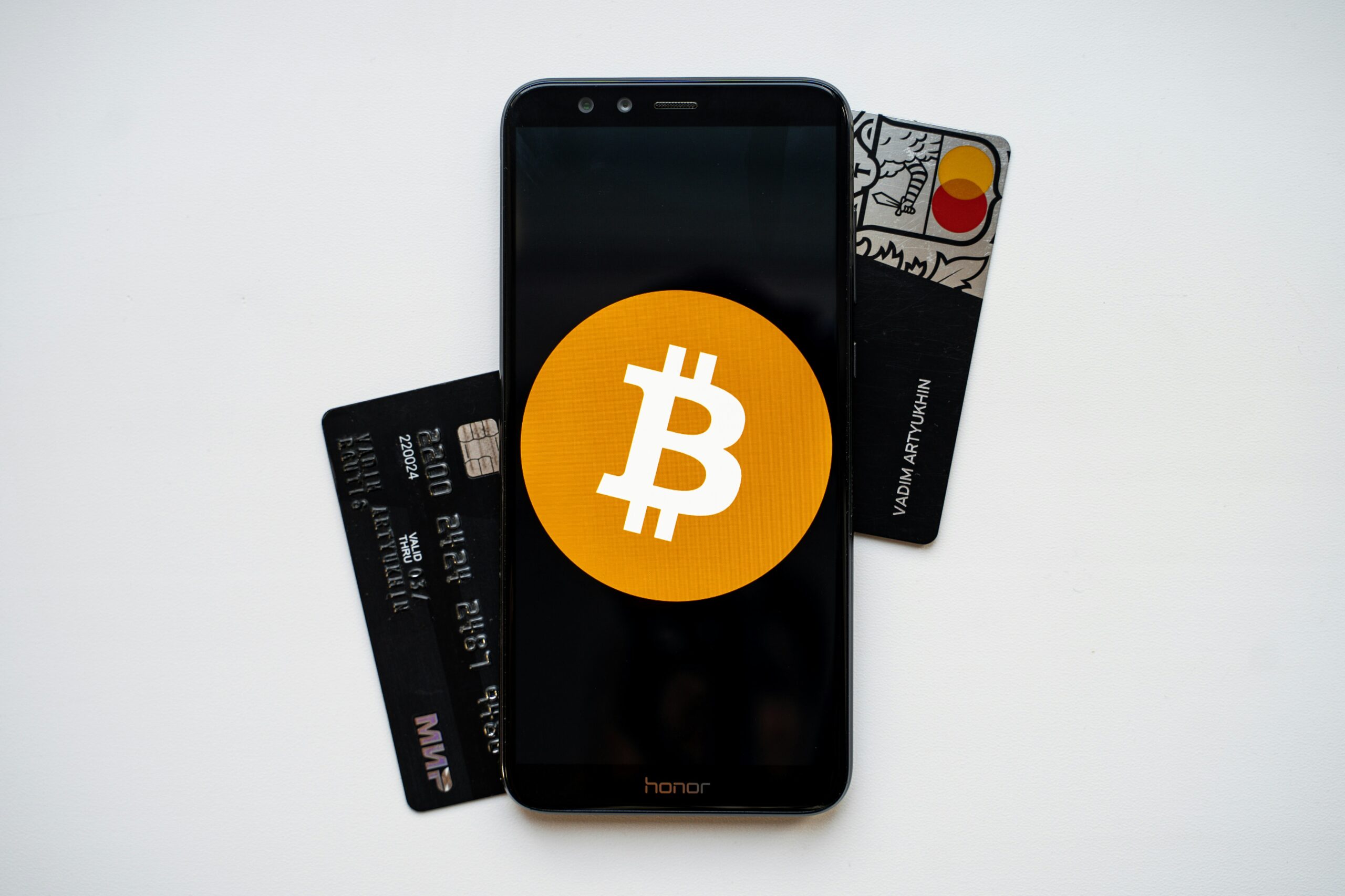Imagine a future where voting and governance systems are transparent, secure, and efficient, free from any doubts or manipulation. With the rise of blockchain technology, this vision is becoming a reality. Blockchain-based voting and governance systems have emerged as a game-changer, revolutionizing the way elections are conducted and decisions are made. By eliminating the need for intermediaries and ensuring immutability, blockchain offers a decentralized and trustless solution that has the potential to reshape democratic processes worldwide. In this article, we will explore the exciting possibilities and benefits that blockchain brings to voting and governance systems.
1. Introduction
1.1 What is blockchain?
Blockchain is a revolutionary technology that has gained significant attention in recent years. At its core, blockchain is a decentralized and distributed digital ledger that securely records transactions across multiple computers or nodes. It records information in blocks that are linked together in a chronological chain, making it virtually impossible to alter or tamper with the data.
1.2 Importance of voting and governance systems
Voting and governance systems play a vital role in any society, whether it be a government, a corporation, or a non-profit organization. These systems ensure that decisions are made in a fair and transparent manner, allowing individuals to participate in shaping the direction and policies of the entity. It is crucial for these systems to be efficient, secure, and inclusive to maintain trust and legitimacy.
2. Benefits of Blockchain-based Voting and Governance Systems
2.1 Enhanced Security and Transparency
One of the key benefits of blockchain-based voting and governance systems is the enhanced security they provide. The decentralized nature of blockchain ensures that there is no single point of failure or vulnerability, making it extremely difficult for malicious actors to manipulate or compromise the system. Additionally, the transparency of blockchain allows for real-time auditing and verification of transactions, ensuring the integrity of the voting process.
2.2 Immutable and Tamper-proof Records
Blockchain creates an immutable and tamper-proof record of all transactions and votes. Once a vote is cast or a decision is made, it is recorded on the blockchain and cannot be altered or deleted. This eliminates the possibility of fraudulent activities or manipulation of data, further enhancing the trust and integrity of the system.
2.3 Increased Efficiency and Cost-effectiveness
Traditional voting and governance systems often involve time-consuming paperwork, manual verification processes, and the need for intermediaries. Blockchain-based systems streamline these processes by automating verification, eliminating the need for intermediaries, and reducing the time and resources required to conduct and administer elections or decision-making processes. This increased efficiency and cost-effectiveness can be particularly beneficial in large-scale elections or complex governance structures.
2.4 Decentralization and Trust
Decentralization is a fundamental principle of blockchain technology. By eliminating the need for a central authority or intermediary, blockchain-based voting and governance systems distribute power and decision-making across a network of nodes, ensuring a more democratic and inclusive process. This decentralization promotes trust among participants, as the transparency and immutability of the blockchain provide a verifiable record of every vote or decision.
2.5 Accessibility and Inclusivity
Blockchain-based voting and governance systems have the potential to enhance accessibility and inclusivity in decision-making processes. The use of digital platforms and mobile applications can make voting more convenient and accessible to a broader population, including individuals with mobility constraints or those residing in remote areas. Additionally, blockchain technology allows for the secure and anonymous participation of individuals, ensuring their privacy and reducing potential barriers to engagement.

3. How Blockchain Works in Voting and Governance Systems
3.1 Decentralized Ledger Technology
At the core of blockchain-based voting and governance systems is the decentralized ledger technology. This technology enables the recording and verification of transactions across multiple nodes in a network. Each node has a copy of the entire blockchain, ensuring redundancy and preventing a single point of failure. When a transaction or vote occurs, it is validated by the network through a consensus mechanism, and once validated, it is added to a new block in the chain.
3.2 Smart Contracts
Smart contracts are self-executing contracts with predefined rules and conditions written directly into the blockchain. These contracts enable automated decision-making and allow for the programming of specific actions or events based on predefined criteria. In the context of voting and governance systems, smart contracts can automate processes such as voter registration, ballot distribution, and result tabulation, reducing manual intervention and ensuring transparency and accuracy.
3.3 Consensus Mechanisms
Consensus mechanisms are algorithms or protocols that enable the validation and agreement of transactions within a blockchain network. These mechanisms ensure that all nodes in the network reach a consensus on the validity of transactions or votes. Examples of consensus mechanisms include Proof of Work (PoW), Proof of Stake (PoS), and Delegated Proof of Stake (DPoS). Each mechanism has its own set of advantages and trade-offs, and the choice of consensus mechanism depends on the specific requirements of the voting or governance system.
3.4 Tokenization
Tokenization refers to the representation of assets, rights, or privileges on a blockchain through the use of digital tokens. In the context of voting and governance systems, tokenization can enable the allocation of voting rights or governance privileges to individuals based on their token holdings. This ensures that the decision-making process is proportional to the individual’s stake or involvement in the system.
3.5 Public and Private Blockchain
Blockchain-based voting and governance systems can be implemented on either public or private blockchains. Public blockchains, such as the Bitcoin or Ethereum networks, are open to the public, allowing anyone to participate as a node and verify transactions. Private blockchains, on the other hand, are restricted to a specific group of participants or organizations. The choice between public and private blockchains depends on factors such as the desired level of transparency, privacy, and control over the system.
4. Use Cases of Blockchain-based Voting Systems
4.1 Government Elections
Blockchain-based voting systems have the potential to transform the way government elections are conducted. By leveraging the security, transparency, and efficiency of blockchain technology, governments can ensure fair and tamper-proof elections. These systems can enable secure online voting, reduce the need for physical polling stations, and provide real-time monitoring of the voting process, increasing trust and participation in the electoral process.
4.2 Corporate Governance
Blockchain-based voting systems have applications in corporate governance, enabling shareholders to exercise their voting rights in a more secure and transparent manner. These systems can streamline shareholder voting processes, automate proxy voting, and reduce the potential for fraud or manipulation. By leveraging blockchain technology, companies can enhance shareholder engagement and ensure a more democratic decision-making process.
4.3 Decentralized Autonomous Organizations (DAOs)
Decentralized Autonomous Organizations (DAOs) are organizations governed by smart contracts on the blockchain. These organizations allow for decentralized decision-making and ownership, and blockchain-based voting systems can play a key role in their governance structure. DAOs can use blockchain-based voting systems to enable token holders to vote on proposals, allocate funds, and participate in key decision-making processes, ensuring a democratic and transparent governance model.
4.4 Non-profit Organizations
Blockchain-based voting systems can also be applied to non-profit organizations, allowing for more transparent and inclusive decision-making processes. These systems can enable donors and stakeholders to participate in key decisions related to funding priorities, project proposals, and governance issues. By leveraging blockchain technology, non-profit organizations can enhance accountability, trust, and engagement among their supporters.
4.5 Student and University Elections
Student and university elections often face challenges related to voter turnout, security, and transparency. Blockchain-based voting systems can address these challenges by providing a secure and tamper-proof platform for student and university elections. These systems can enable students to cast their votes online, automate the counting process, and provide real-time visibility into the election results. By using blockchain technology, universities can promote student participation in the decision-making process and ensure a fair and trustworthy election.

5. Challenges and Limitations of Blockchain-based Voting and Governance Systems
5.1 Scalability
One of the major challenges of blockchain-based voting and governance systems is scalability. Blockchain technology currently faces limitations in terms of transaction processing speed and capacity. As the number of transactions or votes increases, the blockchain network may experience congestion, leading to slower processing times and increased costs. Addressing the scalability challenge requires the development of efficient consensus mechanisms and the exploration of off-chain solutions.
5.2 Privacy and Confidentiality
While blockchain provides transparency and immutability, it poses challenges in terms of privacy and confidentiality. All transactions on a blockchain are visible to all participants, which may not be suitable for sensitive voting or governance processes. Solutions such as zero-knowledge proofs or privacy-enhancing technologies need to be explored to ensure the confidentiality of voter information while maintaining the integrity of the system.
5.3 Sybil Attacks
Sybil attacks refer to the creation of multiple identities or nodes in a blockchain network to gain control or manipulate the consensus process. These attacks can undermine the integrity and fairness of the voting or governance system. Designing robust identity verification mechanisms and consensus algorithms that are resistant to Sybil attacks is essential to ensure the validity of the system.
5.4 User Adoption and Usability
For blockchain-based voting and governance systems to be successful, they need to be user-friendly and accessible to all participants. The complexity of blockchain technology may present a barrier to user adoption, especially for individuals with limited technical knowledge or experience. Developing intuitive and user-friendly interfaces, providing adequate support and education, and addressing potential usability issues are crucial for widespread adoption.
5.5 Legal and Regulatory Framework
Blockchain-based voting and governance systems operate in a complex legal and regulatory landscape. Existing laws and regulations may not adequately address the unique features and challenges of blockchain technology. Establishing a clear legal and regulatory framework that ensures compliance, protects the privacy of participants, and defines the rights and responsibilities of all stakeholders is essential for the successful implementation of these systems.
6. Case Study: Estonia’s e-Residency and e-Voting System
6.1 Overview of Estonia’s Digital Transformation
Estonia is widely recognized as a pioneer in the use of blockchain technology for governance. The country’s e-Residency program allows non-residents to access government services and establish a business online. Estonia has also implemented a blockchain-based e-voting system for its citizens, enabling them to cast their votes securely and conveniently.
6.2 Implementation of Blockchain-based e-Voting
Estonia’s e-voting system uses blockchain technology to ensure the integrity and transparency of the voting process. Each voter is assigned a digital identity, and their votes are recorded on the blockchain. The system utilizes smart contracts to automate the verification and counting of votes, eliminating the need for manual intervention. The decentralized nature of the blockchain ensures that the voting process is secure and tamper-proof.
6.3 Benefits and Challenges of the System
Estonia’s blockchain-based e-voting system has several benefits. It enhances the accessibility and convenience of voting for citizens, particularly those residing abroad. The transparent and tamper-proof nature of the system ensures the integrity of the electoral process, increasing trust among voters. However, the system also faces challenges, such as the need to educate citizens about the technology and address concerns related to privacy and security. Continuous monitoring and improvement of the system are required to overcome these challenges and ensure its long-term success.

7. Future Perspectives and Innovations in Blockchain-based Voting and Governance
7.1 Integration with Biometrics and Identity Verification
Future innovations in blockchain-based voting and governance systems may include the integration of biometrics and identity verification technologies. Biometric authentication, such as fingerprint or facial recognition, can enhance the security and integrity of the voting process, ensuring that only eligible individuals can cast their votes.
7.2 Hybrid Systems with Traditional Voting Methods
Hybrid systems that combine blockchain technology with traditional voting methods may be explored to address the limitations and challenges of pure blockchain-based systems. These hybrid systems can provide the benefits of blockchain, such as transparency and security, while leveraging traditional methods to ensure accessibility and inclusivity for all participants.
7.3 Adoption in Developing Countries
Blockchain-based voting and governance systems have the potential to address the challenges and shortcomings of traditional systems, particularly in developing countries. These systems can enhance transparency, reduce fraud, and streamline bureaucratic processes. However, the adoption of blockchain technology in developing countries may face challenges related to infrastructure, education, and awareness. Collaboration between international organizations, governments, and technology providers is crucial for the successful adoption of blockchain-based systems in these regions.
7.4 Interoperability between Blockchains
As the number of blockchain networks and platforms continues to grow, interoperability between blockchains becomes essential. Interoperability would allow for seamless communication and data exchange between different blockchain-based voting and governance systems, enabling a more cohesive and efficient decision-making process. Standardization efforts and the development of interoperability protocols are key to achieving this vision.
8. Conclusion
8.1 Summary of the Benefits and Challenges
Blockchain-based voting and governance systems offer numerous benefits, including enhanced security, transparency, efficiency, and decentralization. These systems have the potential to transform how we conduct elections and make decisions across various sectors. However, they also face challenges related to scalability, privacy, user adoption, and legal frameworks. Overcoming these challenges requires continuous research, innovation, and collaboration among stakeholders.
8.2 Potential for Transformation of Voting and Governance Systems
The potential for blockchain-based voting and governance systems to transform our current systems is immense. By leveraging the benefits of blockchain technology, we can create more inclusive, secure, and transparent decision-making processes. These systems can empower individuals, enhance trust, and promote democratic participation. As blockchain technology continues to evolve, it is important for governments, organizations, and individuals to embrace and explore its potential applications in voting and governance.


